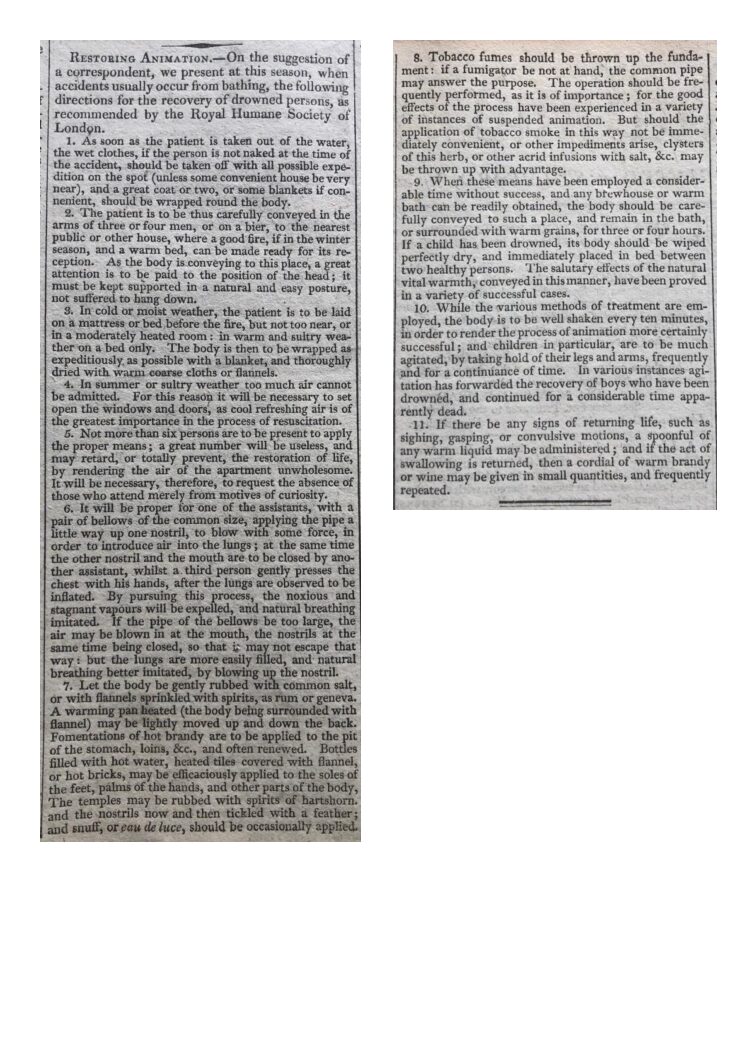Previous censuses had taken place, but the United Kingdom Census of 1841 is considered as the first modern census. Here the Stamford Merucry included instructions on how to complete the census for the Enumerator including an interesting way of recording ages which may be of use when researching family trees.
“CENSUS of the POPULATION.-The necessary papers and instructions to the “Enumerators” of the several districts have been issued this week. The Householder’s Schedule has the following information:- “The Commissioners appointed under the Act hereby give notice, that on Monday the seventh day of June the Enumerator of each district will proceed to visit every house in his district, and will call for this paper, which the inhabitant Householder, or any Occupier to whom a whole story or apartment of the house is let, and for who a paper is left, is hereby required to fill up correctly and sign. Inconvenice will be spared to the Householder or Occupier if this be done before the Enumerator calls at the House. It may be done before Monday June 7th, but in that case care must be taken afterwards to strike out the names of all persons who were absent on the night of June 6th, or to insert any who abode in the house on that night but whose names had been previously omitted. The only object for which this information is sought being to obtain an exact account of the Population of the Kingdom, as in the years 1801, 1811, 1821, and 1831, the Commissioners earnestly hope that every Householder, Occupier, and Head of a Family, will willingly assist in this great National work by giving coorrect returns. If the Owner of the house is absent, the person whose charge it is left will be considered the Occupier, and be required to fill up and sign this paper.
“By an Act passed in the present Session, persons making false returns in this Schedule, or refusing to make any returns, ‘shall forfeit a sum not more than 5l. nor less than 40s.,at the discretion of any Magistrate before whom complaint thereof shall be made.’ The Act imposes the same penalty for refusing to answer, or giving false answers, to the questions of the Enumerator.
“Directions for filling up the SCHEDULE.-Insert the name and surname of every person who has slept or abode in the house on the night of Sunday June 6th. Persons sleeping in a separate building (as over a stable or out_house), although belonging to the house, must not be inserted as inmates of the house, but be inserted in the paper which is left at or for such separate building.
“Write in figures the age of every person, opposite to their names, in one of the columns headed ‘Age of Male,’ or ‘Age of Female,’ according to their sex. For persons aged 15 years and upwards it is sufficient to state within what period of five years their age is, writing down the lowest number of that period: thus, for persons aged 15 and under 20, write 15-for 20 and under 25, write 20-for 25 and under 30, write 25-for 30 and under 35, write 30; and so on, upto the greatest ages; but the exact age may be stated if the person prefers it. For persons under 15, write the number of years; for infants under one year, the number of months.
“The profession, &c. of wives, or of sons or daughters living with and assisting their parents, but not apprenticed or receiving wages, need not be inserted. Domestic servants may be inserted as Male Servant or Female Servant, without further statement of their duties. Those who are Journeymen or Apprentices in any trade must be inserted as such, with the name of the trade. In cases of Factory or Manufacturing employment, state the staple on which employed, as silk, cotton, woolllen, linen,&c., with the description of work, as silk-throwster, Wool-cardr, &c. &c. In cases of employment in Mines, state whether of coal, iron, copper, &c. &c. Men or Widows, or Single Women, having no profession or calling, but living on their means, may be inserted as ‘Independant.’ “Whether born in the same County, and whether born in Scotland, Ireland, or Foreign Parts,” write yes or no in the columns as the case may be.”
The Stamford Mercury, 21st May, 1841.










